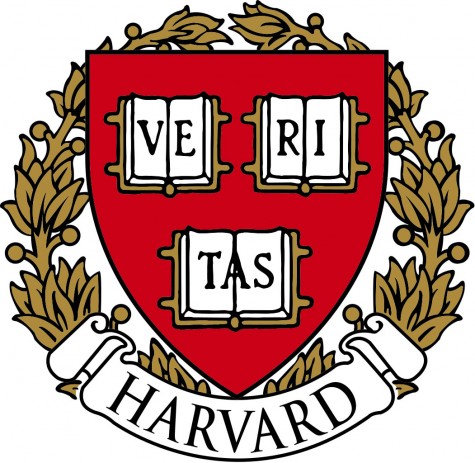Harvard is “Turning the Tide” — naively
When it comes to shaking up the college process, there’s a new leader in town. Forget the Colleges that Change Lives, forget the Hidden Ivies, forget affordable public education. No, if you really want to be on the cutting edge, you’ll have to visit the obscure, scrappy school which has established colleges on the run — I’m referring, of course, to Harvard University.
Perhaps influenced by Cambridge’s vibrant startup culture, Harvard’s school of education recently issued “Turning the Tide,” an extensive report signed by over 80 similar colleges calling for major reforms in the college process. Aimed at reducing stress and increasing representation at elite colleges, it endorses recommendations that range from highlighting ethical awareness to limiting the number of extracurriculars students can list.
And yet, the report’s recommendations, while well-intentioned, are also hopelessly naive. No amount of focus on “authenticity” or “community engagement” will solve the basic issue of college diversity — the students that are most underrepresented have the least resources to help them navigate the increasingly byzantine college process. If Harvard and its ilk want to get serious about solving these issues, they need to deal with their causes.
“Turning the Tide” is right that elite colleges have a severe diversity issue. Statistics from the Jack Kent Cooke Foundation indicate that almost three quarters of the most selective colleges’ students come from the top income quartile — the bottom quartile makes up just three percent of students. And it’s not just an issue of academic preparedness — the Cooke Foundation concludes that “highly selective schools could increase the representation of low-income students by 30 percent without compromising SAT or ACT standards.”
So if disadvantaged students have the academic chops to make it at elite colleges, why do they remain so underrepresented?
“Turning the Tide” concludes that the problem is authenticity. The college process, it says, overemphasizes individual achievement and academic performance over more important issues. If colleges simply placed more weight on community engagement and family responsibility, so the reasoning goes, minority students would stand a fair chance.
However, most of these students don’t apply to highly selective colleges in the first place. While nearly half of the wealthiest applicants shot for a school classified as Most Competitive or Highly Competitive, less than a quarter of those in the bottom quartile did. It doesn’t matter how well a college’s application showcases the disadvantaged if they never fill it out in the first place.
That means shifting priorities. Admissions officers have a tendency to visit the schools — like Los Altos — where students are already applying to top colleges, instead of schools with less support for the process. For schools lacking the resources we have, like the College and Career Center, visits from admission counselors could work miracles in boosting confidence and demonstrating that students have a shot at the top schools.
What’s more, the report buys into admission officers’ favorite fantasy — the idea that based on a transcript and two or three short essays, colleges can or should “holistically” evaluate a person and try to discover something fundamental about their approach to life. The format of an application is inherently limited, which encourages a degree of self-coaching and selective presentation — students are under no illusion that the application will reveal their whole self, so why do colleges think it will?
That’s what makes “Turning the Tide” so worrying — it relies almost entirely on the hope that if only we hit upon the right formula for college applications (presumably one that can’t be coached, repels exaggeration and magically extracts a person’s academic and moral essence through their ears), then diversity will no longer be an issue. It wills us to believe that as long as we let disadvantaged students “tell their story” through the application, the process will be fair to them.
But no single application can solve this issue, because the resources that make for a strong application — peer and adult feedback, robust writing instruction, familiarity with the process — are themselves unequally distributed. Rich students are the most likely to have counselors, know when recommendation letters are due or what a college essay looks like, which gives them a leg up regardless of what the application asks.
The problem with college applications isn’t the questions they ask, it’s the economic disparities behind them. If we ever want to solve the issue of diversity, we need to address those disparities head-on.
For instance, this could mean — as Cooke suggests — direct affirmative action to benefit poorer students when academic profiles are similar. Arguably, the same achievement is more impressive for a student with less background support — and directly favoring disadvantaged students is always the simplest way to admit more of them.

No matter how you slice it, a solution to the college problem has to involve top schools like Harvard — after all, it’s their selectivity and admission standards that arguably created the problem in the first place. That means “Turning the Tide” is progress. But if they want our efforts to get beyond meaningless platitudes to real change, they have to get serious.



